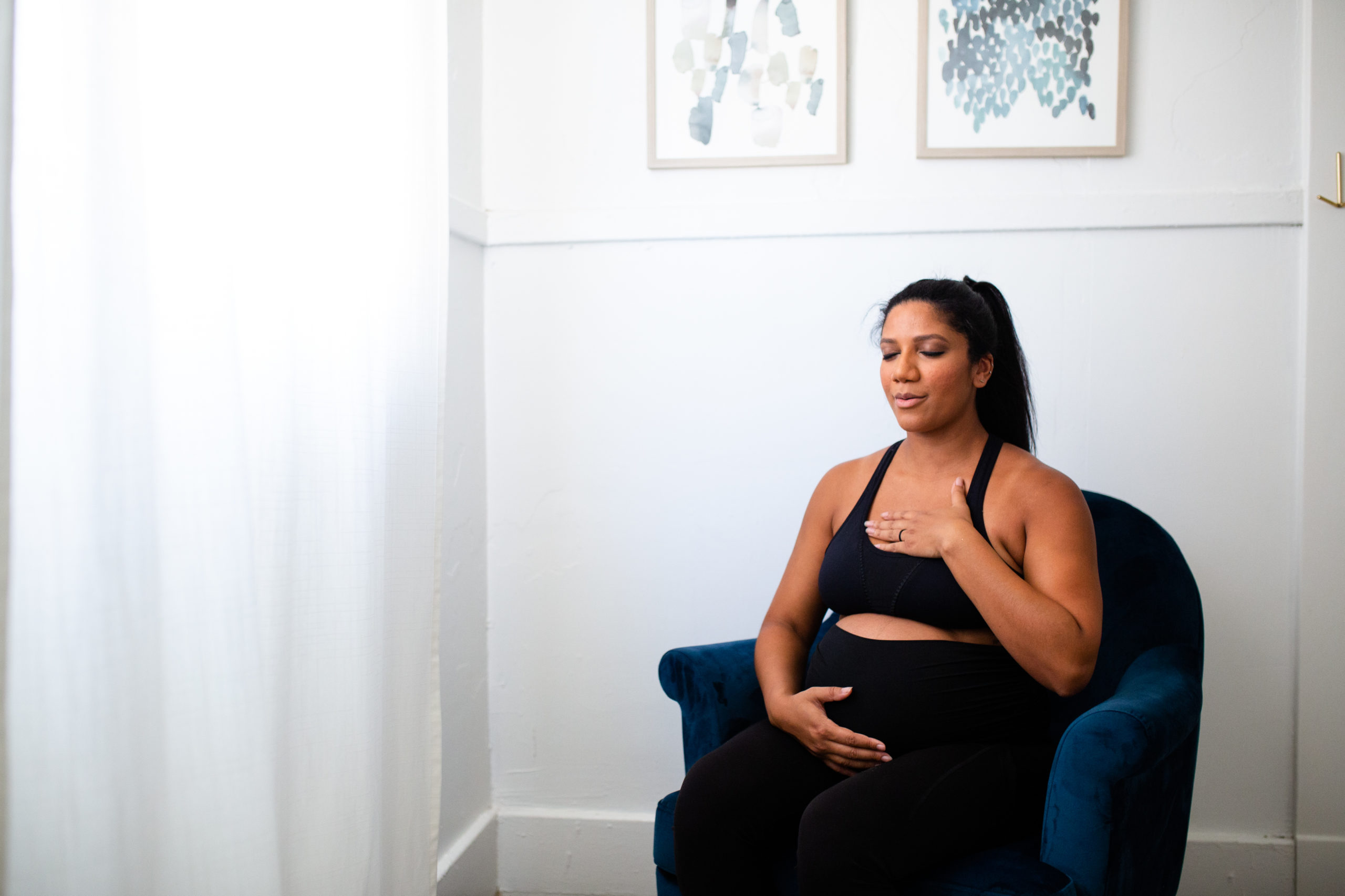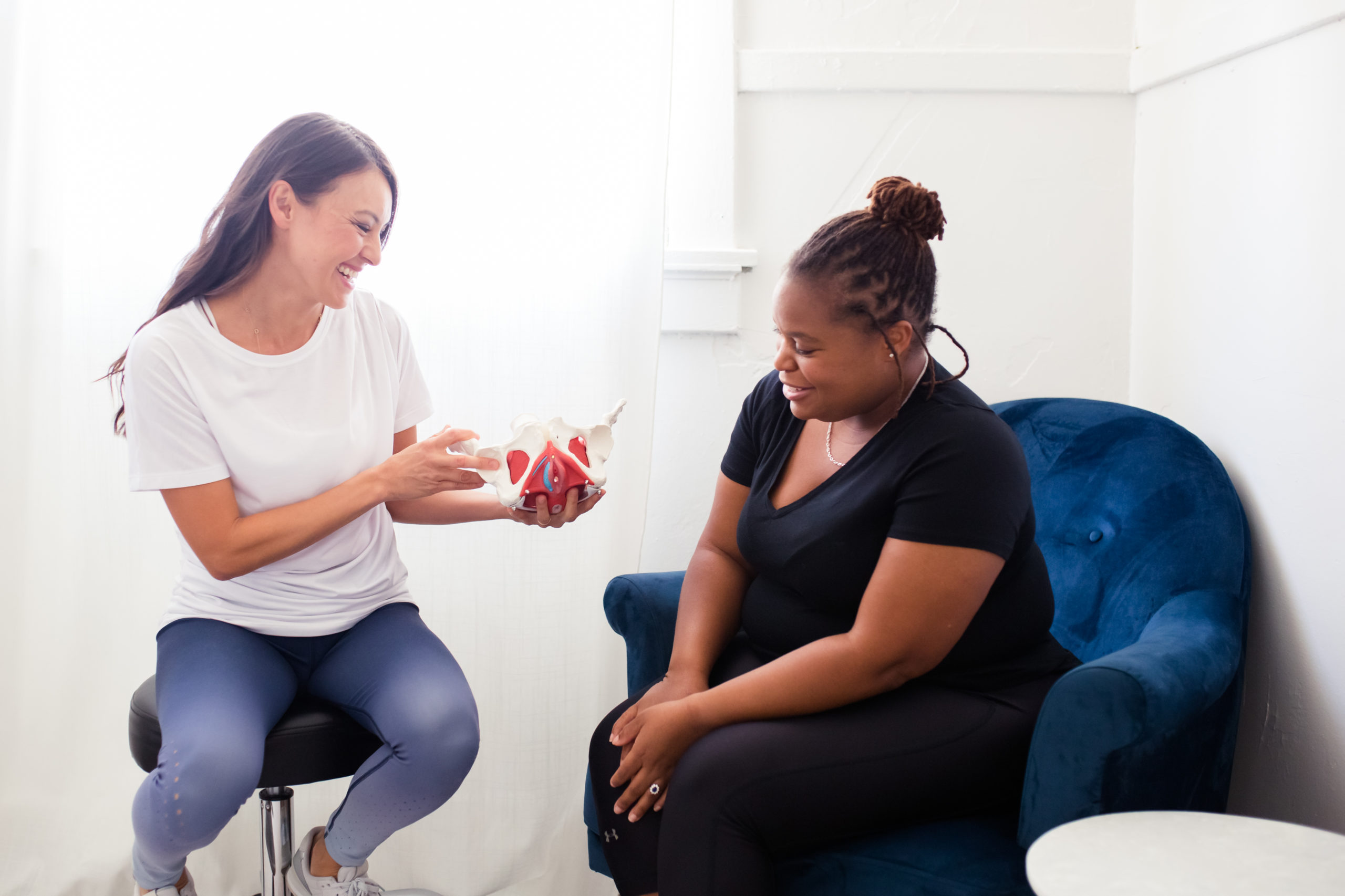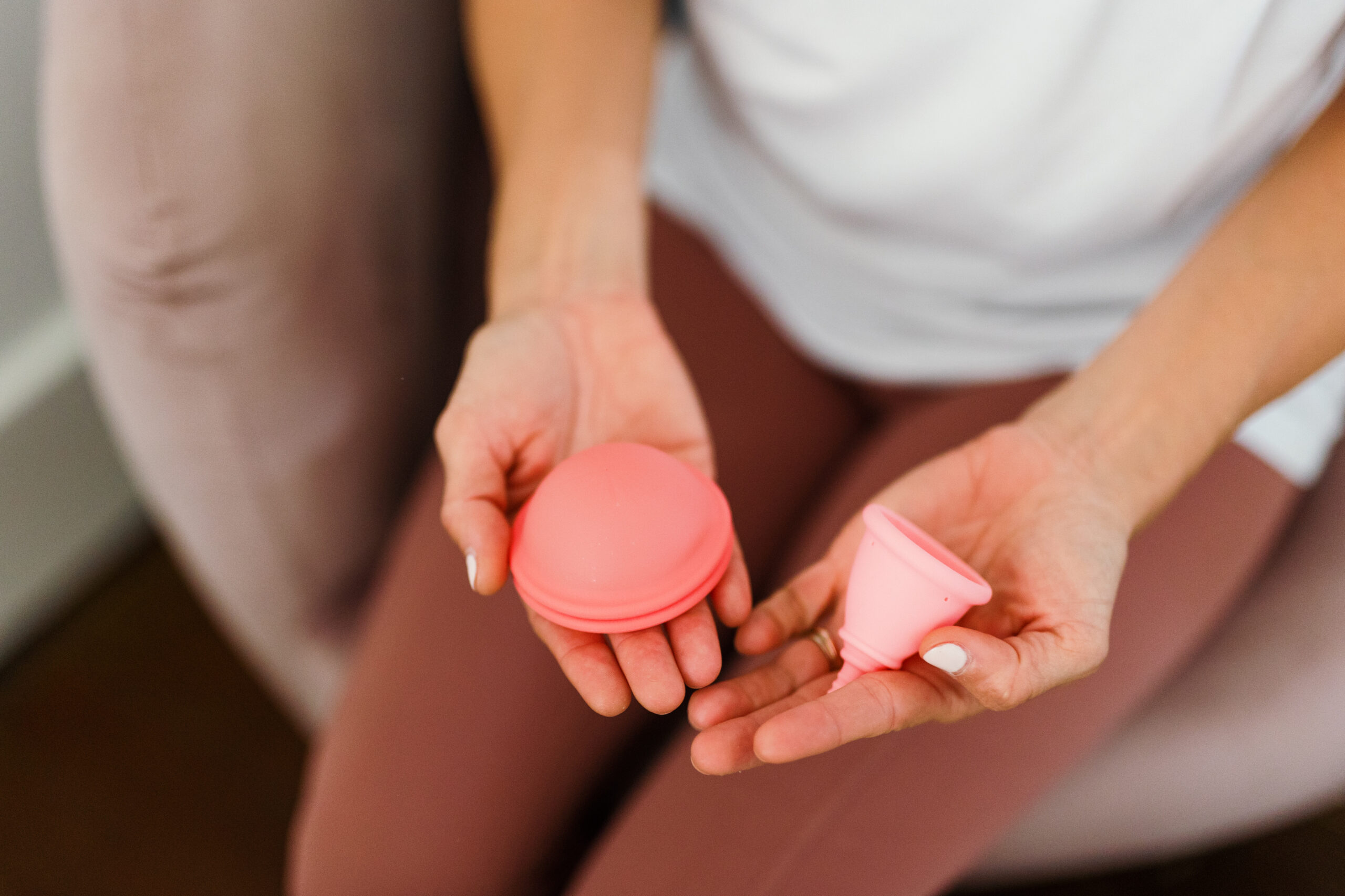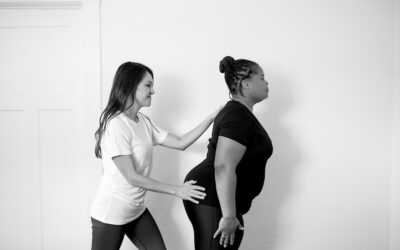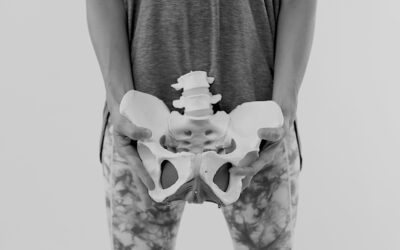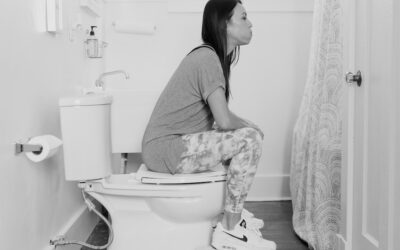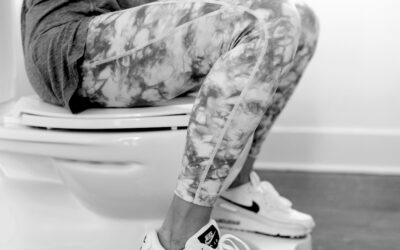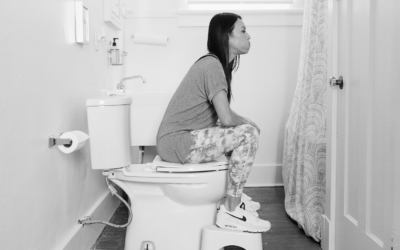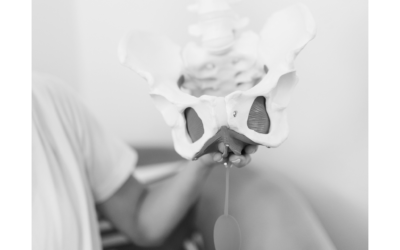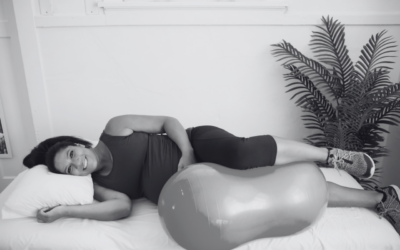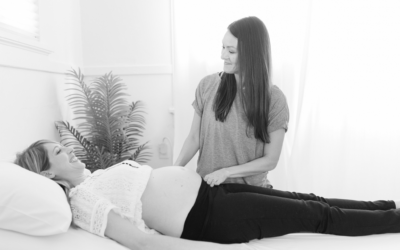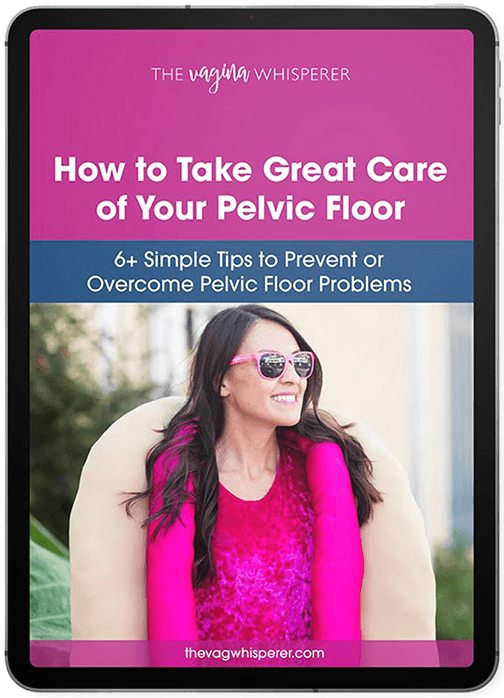The Vagina Whisperer Blog

Pelvic Health

Menopause
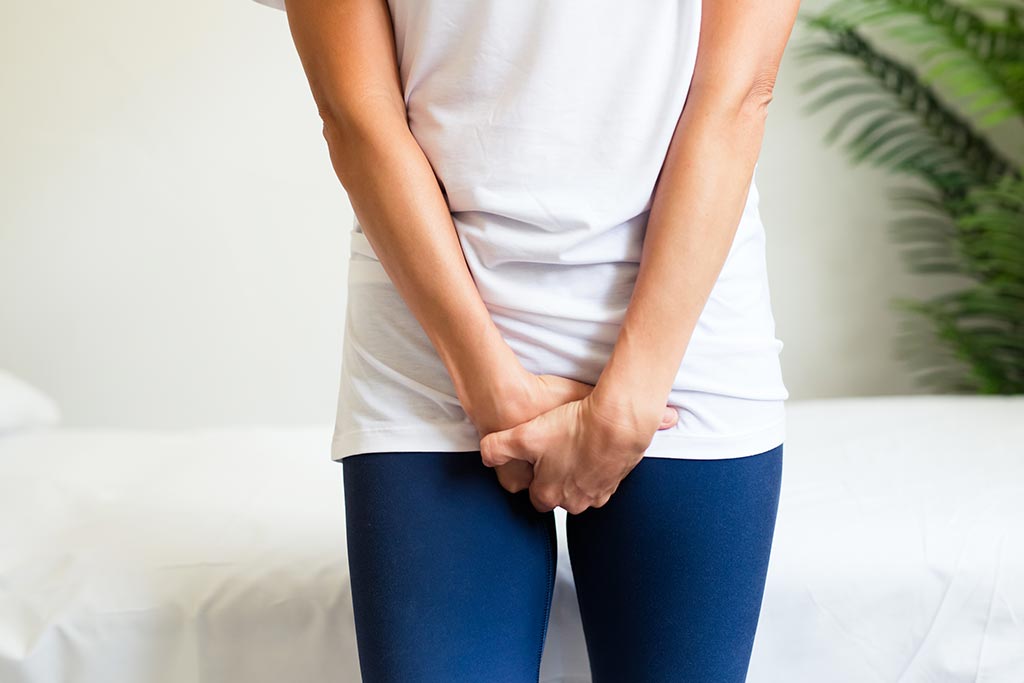
Pelvic Pain
Menopause and Joint Pain: Causes and Treatment
Many women take a grin-and-bear it approach to menopause. And while we may be able to “ha ha ha” our way through hot flashes, some menopausal symptoms can be much more uncomfortable. Even painful. If you’re experiencing menopause and joint pain, this one’s for you. ...
Pudendal Neuralgia Exercises for Pelvic Floor Nerve Pain
Pudendal neuralgia is a chronic, nerve-related pelvic pain that affects the genital and rectal area. Like most pelvic floor dysfunction, physical therapy—including pudendal neuralgia exercises—can help! What is Pudendal Neuralgia? Here’s a quick anatomy lesson: The...
Your #1 Guide to Weird Perimenopause Symptoms
If you’ve ever had ovaries, someone at some point has likely warned you about the unpleasant symptoms accompanying perimenopause and menopause. Sure, people “joke” about things like hot flashes and weight gain. But the truth is many folks are surprised by “weird”...
Fecal Staining: Managing Skid-Marked Underwear
Let’s talk about skid-marked underwear. (Yes, really.) Although skid marks are often reserved for newly toilet-trained toddlers, many grown folks—and their washing machines—face this problem every single day. (You’d be surprised by how many internet searches there are...
Bladder Control and Menopause
As women age, plenty of changes happen down there. When you finally stop having a period, you might jump for joy… right up until a new not-so-fun symptom shows up. It's time to start thinking about bladder control and menopause. You just can’t hold your pee like you...
Genito-Pelvic Pain Penetration Disorder in LGBTQIA+ Spaces
From Dr. Krystyna Holland, PT, DPT (she/her): Author of the Playbook for Painless Sex, CEO and Founder of Inclusive Care LLC. What is Genito-Pelvic Pain Penetration Disorder? In my pelvic floor physical therapy practice, I often see individuals seeking help for the...
Core Exercises During Pregnancy
Pregnancy is tough on your pelvic floor and core. You may pee a little when you laugh, cough, or sneeze. You may get *really* constipated. You may find yourself waddling to the bathroom. And hemorrhoids? Wild. We’re often told to expect pelvic floor problems during...
Is a C-Section Better for Pelvic Floor Health?
The labor and delivery experience is unique to everyone. Depending on whom you ask, giving birth might feel beautiful, empowering, intense, scary… or all the above. And it isn’t just the few hours (or days) of labor that bring up all that emotion. It’s the after part,...
What is a C Section Shelf?
Your body may have changed a lot during pregnancy, childbirth, and postpartum. Especially in a world that glorifies “bouncing back” after birth, you might be feeling the pressure to go back to your pre-baby body. That means a “mom pooch” caused by diastasis recti or...
Adenomyosis and Back Pain
Chronic pain is a pain. Especially in your back. Can’t sit for too long. Can’t stand for too long. Bending, shifting, lifting; it all hurts. Adenomyosis, a reproductive health condition, can cause some chronic lower back pain. What is Adenomyosis? Adenomyosis is when...
Does Alcohol Make You Pee More?
Some beverages have quite a lot of vitamin P(ee). Alcohol certainly seems to be one of them. Is it all the water you’re drinking to prevent the next morning’s hangover? Or does alcohol actually make you pee more? If you’ve ever experienced “breaking the seal” during a...
Peeing During Sex: Fact & Fiction
You’re reaching The Big O when suddenly… … it feels like you’ve wet the bed. But did you? Did you actually just… pee? During sex?! If you did, no shame. In fact, this experience is common enough there’s actually a word for it! Let’s explore peeing during sex, what...
Caffeine and Pelvic Floor Dysfunction
If you’re a coffee drinker, you may have a love-hate relationship with the stuff. On the one hand, it can offer a delicious, caffeine-induced productivity boost. On the other hand, it can cause frequent trips to the bathroom. Let's discuss how caffeine and pelvic...
Pelvic Floor Exercises for Constipation
Constipation is a real pain in the...well…you know. And while many folks assume that constipation is caused exclusively by food, there’s a lot more involved than you might expect. In fact, you can often blame the pelvic floor for all that struggling and straining....
Top 5 Recommended Exercises for Improving Fertility
Originally published on The Ribbon Box Exercises for Fertility – Choose what works for you Moderate exercise has been known to provide numerous health benefits, including improvement to fertility through reducing cortisol levels and improving ovulation and circulation...
Fertility Exercise and Pelvic Health
Infertility is a tough topic, and if you’re struggling to conceive, please try to remember this is not your fault. Fault implies wrongdoing, and you’ve done nothing wrong. Though most fertility talk is centered around the person with the uterus, infertility is...
Pelvic Floor PT For “Mommy Makeover” Recovery
So much happens to our bodies during pregnancy, childbirth, and postpartum. And in the aftermath of bringing an entire human or humans into the world, you might be wondering if a “mommy makeover” is right for you. First, please hear this: There’s so much pressure to...
How to Create a Natural Birth Plan
Having a plan in place for bringing your child into the world can make you feel more confident, regardless of your chosen method. By learning how to create a natural birth plan, you will: Determine labor and delivery options Clarify your goals Document your care...
Exercises to Prepare for Natural Childbirth
Folks opting for an unmedicated or natural birth might use breathing techniques, hot and/or cold compresses, massage, counterpressure, aromatherapy, water therapy, meditation, labor tools like birthing balls, and other methods to manage the pain of labor and...
Painful Sex During Menopause & Your Pelvic Floor
Hot flashes. Sleep issues. Mood swings. These are the three horsemen of the meno-pocalypse. Then there’s the fourth horseman—the symptom no one talks much about, despite how common it is - painful sex during menopause. Let’s talk about why you may have painful sex...
PCOS and Pelvic Pain
Polycystic ovarian syndrome (PCOS) is a challenge that’s misdiagnosed, misunderstood, and often just plain missed. So let’s set the record straight on what PCOS and pelvic pain is, why it’s so painful, and how to ease your symptoms. What is PCOS? People who have PCOS...
Teacher Bladder: How to (Safely!) Hold Your Pee in Class
During back-to-school time, the thought of returning to your busy classrooms can be stressful in more ways than one. Today, we’re tackling one of those stressors I can actually help you with: teacher bladder. Approximately 50% of teachers report inadequate bathroom...
Urinary Incontinence in Female Athletes
When we think of urinary incontinence, we often picture newer moms or older ladies. Young, fit women often don’t come to mind when we look at a pack of pads. But urinary incontinence is common in athletes—especially those with vaginas. Research shows that up to half...
Pelvic Floor Trainers
If you’ve ever so much as whispered a question about your pelvic floor, I can guess two things about you: You’re in the right place. (It’s so nice to have you here!) You’re suddenly getting tons of ads for pelvic floor trainers. (Thanks a bunch, targeted advertising…)...
How to Fix Diastasis Recti Without Surgery
Diastasis recti is one of the more common—and most misunderstood—conditions people experience - though most don't actually know how to fix diastasis recti without surgery. Not only does diastasis recti not resolve on its own, but it can actually worsen without proper...
Fibroids and Painful Sex
If you have female reproductive organs, there’s a good chance you’ve experienced “What the heck is happening?!” symptoms here and there. The symptoms of uterine fibroids definitely fall into that category. So let’s talk about fibroids: What they are, how to know if...
How to Prevent Tearing During Birth
Childbirth can feel intimidating. And we often come into labor and delivery with a lot of questions… How painful will this *actually* be? Am I going to poop? How to prevent tearing during birth? Perineal tearing during childbirth is a common fear—and something we’ve...
Avoiding Perimenopause Bladder Problems
In middle age, most vagina-owners start to notice some changes… It’s tough to get a read on our menstrual cycle. We’re constantly hot and sweaty. (Otherwise known as “personal summers.”) We have trouble falling or staying asleep. Our downstairs feels like a desert....
Pelvic Floor Therapy During Pregnancy
Pregnancy changes our bodies in extraordinary ways. But pain and discomfort in your pelvic floor during pregnancy aren’t inevitable! Pelvic floor physical therapy during pregnancy is one way we can proactively take care of our body. And the earlier we can start, the...
Stress and Pelvic Floor Tension
Occasional stress is part of being human. These days, though, many people’s stress has escalated from once-in-a-while to chronic. You may be aware that chronic stress can wreak havoc on your cardiovascular health, digestive health, and mental health. Additionally, a...
Pelvic floor problems
are correctable
and preventable.
Peeing just fine, pooping like a pro, and enjoying plenty of pleasurable sex? Let's keep it that way!
By strengthening your pelvic floor now, you can prevent issues from creeping up later.

